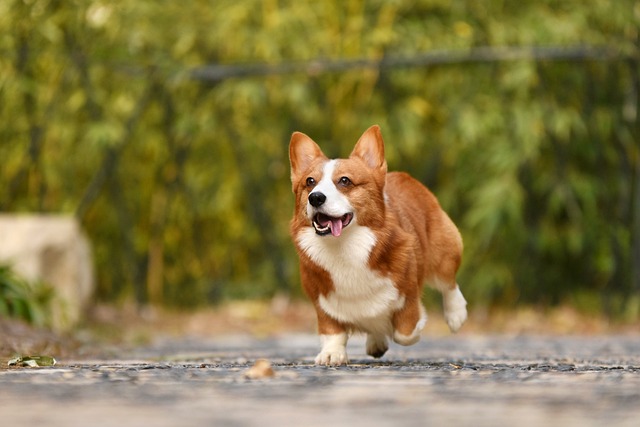
How do i train my dog to be obedient?
Watching your dog dart across the park ignoring your calls isn’t just frustrating—it can put them at risk near busy streets or public spaces.
Picture your Golden Retriever, Buddy, obsessively sniffing bushes on your evening walk. That powerful nose could be channeled into exciting games—but training a scent detective requires understanding both canine biology and neighborhood etiquette. In the U.S., letting your dog roam off-leash for tracking violates ordinances in cities like Seattle ($300 fines), and public training demands strict poop-scooping vigilance (forget once, pay $650 in NYC).
Here’s how to start smart: Grab a muffin tin and food-grade birch oil from your local pet store. Dab one cotton ball with the oil, hide it under a tin cup, and whisper "Find it!" When Buddy’s nose touches the right cup, instantly reward him with chicken. This taps into his evolutionary foraging instincts through associative pairing—linking smells with rewards. Avoid overwhelming synthetic scents; dogs detect odors 10,000x better than humans, and harsh chemicals can irritate their sensitive noses.
Expand training gradually: Once Buddy masters kitchen finds, move to your backyard. Always use a 6-ft leash—required in most U.S. counties—even on private property. Practice near distractions like garbage bins, rewarding him for ignoring temptations and focusing on target scents. For apartment dwellers, stairwells make excellent low-traffic training zones during off-peak hours. If Buddy alerts to a neighbor’s grocery bag, calmly redirect with a treat; unauthorized "detections" strain community relationships.

Cultural sensitivity is non-negotiable: Yanking Buddy’s leash for missing a scent violates animal welfare norms and could be reported as abuse. Instead, apply "errorless learning"—make hides easier if he struggles. Positive reinforcement isn’t just kind; it’s scientifically proven to build reliable skills. Apartment trainers should use airtight containers for scents to avoid odor complaints, and replace bark alerts with silent rewards like gentle ear scratches.
Public training demands etiquette: Always carry visible biodegradable poop bags—you’re representing responsible owners. Avoid parks during peak hours; a distracted dog bumping a toddler could mean liability lawsuits. Studies show scent work reduces urban dog anxiety by 57%, so persist with 5-minute daily sessions. Join AKC’s "Scent Work Network" for local clinic schedules.

Watching your dog dart across the park ignoring your calls isn’t just frustrating—it can put them at risk near busy streets or public spaces.

New puppy owners often find themselves rushing to clean up accidents before they set in, and that’s where puppy pad training becomes a game-changer.

If you've noticed your dog's waistline disappearing and your veterinarian has mentioned those few extra pounds, your first instinct might be to simply reduce the amount of food in their bowl.

Training a dog to use a designated spot indoors isn’t as daunting as many new owners fear, but it does take consistency and an understanding of your pet’s needs.

That moment of dread on a walk is all too familiar for many new dog owners. You see another dog approaching down the sidewalk of your neighborhood

If the sight of another dog on your neighborhood walk makes your heart sink as your own dog erupts into a frenzy of barking and lunging, you're not alone.